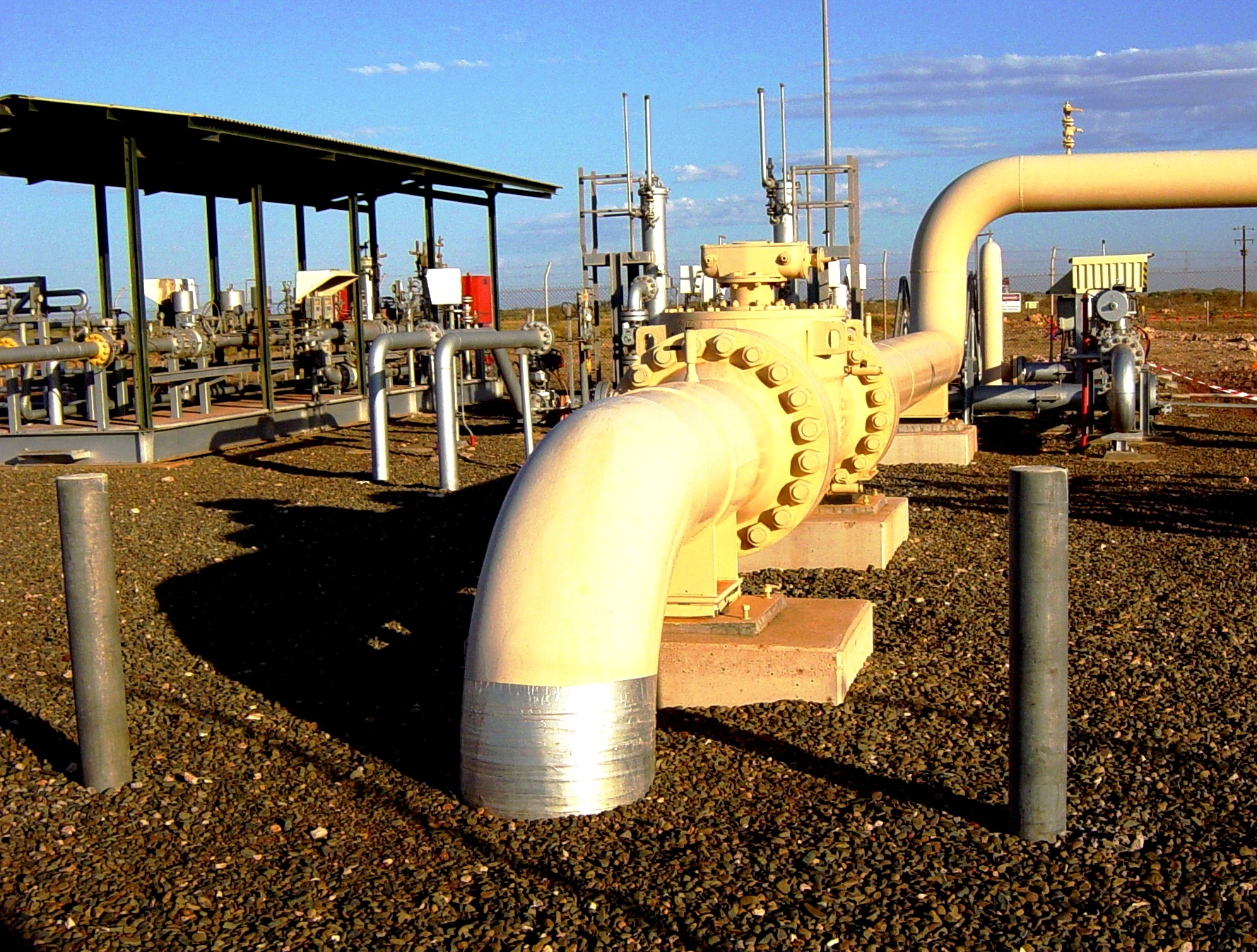 While natural gas is abundant in the United States, its full potential has yet to be reached. Compared to traditional fuels, it is a more economical and reliable energy source and it is cleaner and safer. But due to the lack of infrastructure, and the high costs associated with extraction, it hasn’t been used as much as it could in certain sectors. This is especially true in the automotive industry, which could benefit a lot from this alternative fuel. Natural gas powered vehicles could be a great alternative to conventional vehicles, but they have to overcome numerous regulatory obstacles, as well as issues with their limited range and long refueling times.
While natural gas is abundant in the United States, its full potential has yet to be reached. Compared to traditional fuels, it is a more economical and reliable energy source and it is cleaner and safer. But due to the lack of infrastructure, and the high costs associated with extraction, it hasn’t been used as much as it could in certain sectors. This is especially true in the automotive industry, which could benefit a lot from this alternative fuel. Natural gas powered vehicles could be a great alternative to conventional vehicles, but they have to overcome numerous regulatory obstacles, as well as issues with their limited range and long refueling times.
Natural Gas Industry
Even though the natural gas industry has experienced a large expansion over the past few years, the automotive sector has been slow to adopt this alternative fuel. Instead of using natural gas as a replacement for gasoline, automakers are focusing on electric and plug-in hybrid vehicle technology. This is likely due to the absence of policies to encourage the production of natural gas-powered vehicles, which necessary for technology with long development periods.
Incentives to Promote Natural Gas-Powered Vehicles
To help, various lawmakers have proposed bills to a legal framework that would create financial incentive to automakers to build gas-powered vehicles. One such bill was filed recently by Senator Jim Inhofe (R-Okla.) and Senator Car Levin (D-Mich.), in an effort to get the auto industry to adopt natural gas as a transportation fuel. They are proposing a set of laws that would establish an incentive program for automakers, which will include cutting red tape to make it easier for businesses to build fueling stations. They bill would also reduce the regulations with which car makers have to comply. In addition, this bipartisan bill proposes incentives for consumers, allowing states to extend HOV-lane access for natural gas vehicles. The Federal Government is also taking steps for promotion of natural gas-powered vehicles, with tax credits for car makers that build such vehicles, just like the tax credits for electric and hybrid cars.
However, even if these proposed incentives were to be enacted, they wouldn’t resolve the pressing issue that faces natural gas vehicles– the lack of refueling infrastructure. The existing station network, which consists of less than 1,000 stations, can’t cater to a large fleet of natural gas vehicles. But, there are indications that this may change in the future, as energy companies are planning to build additional stations around the country. Clean Energy Fuels, a company that provides natural gas for transportation, has announced its intent to build 150 stations over the next few years. Hopefully this, and similar corporate commitments, will help overcome the infrastructure challenge and bring natural gas vehicles to the mainstream.
To make sure that you’re getting the most out of your vehicle, check out our new driving tips section.